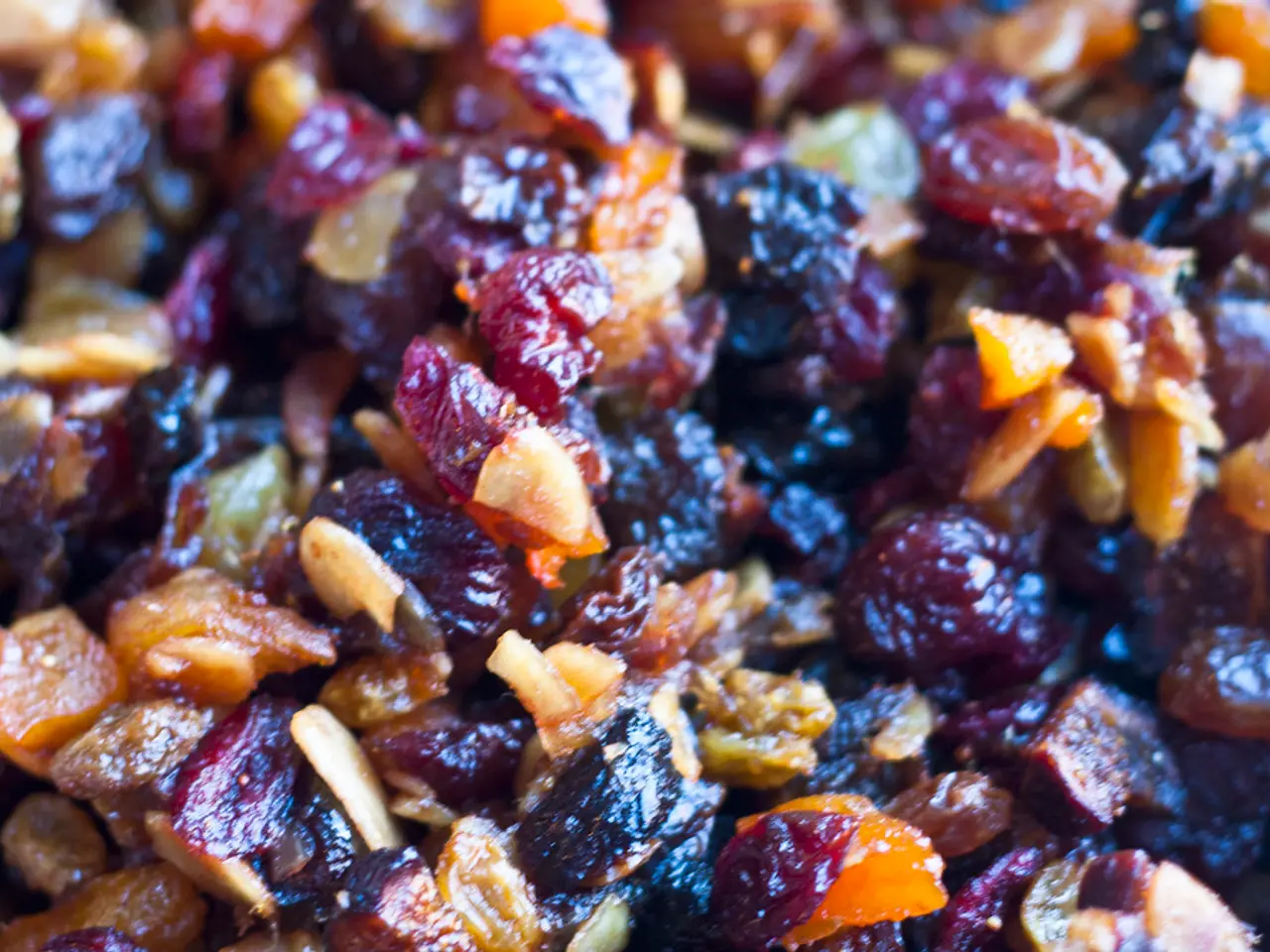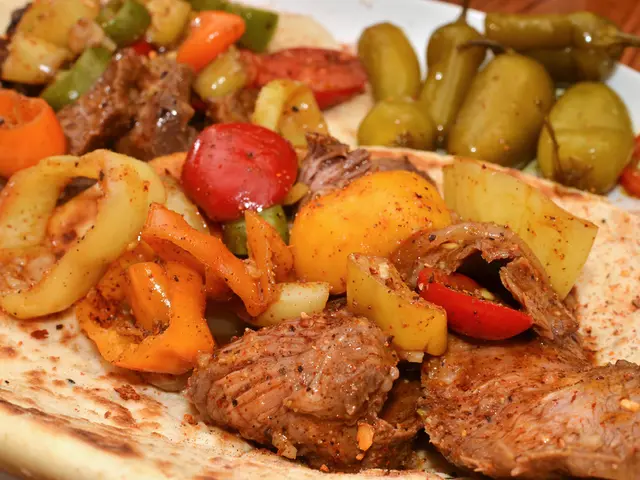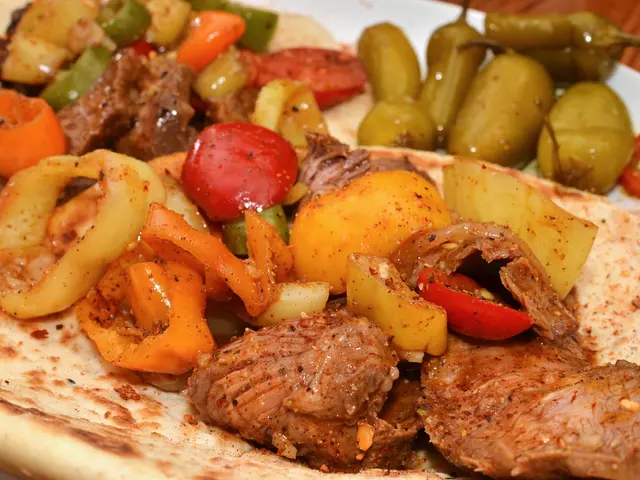Kenya's Fortification Efforts Boost Citizen Nutrition
Kenya has been actively working to improve its citizens' nutrition through fortification, a process that enhances the nutritional content of staple foods. While specific organizations focused on cornmeal and flour food fortification are not immediately apparent, the Kenya Agricultural & Livestock Research Organisation (KALRO) contributes indirectly by promoting better agricultural practices.
The National Food Fortification Strategic Plan (NFFSP), active from 2018 to 2022, aimed to boost access to quality fortified foods. Fortification is done at the blending stage for flour, with vitamin A palmitate added to oils, adhering to Kenya Bureau of Standards (KEBS) guidelines. KEBS sets and enforces national standards for fortified foods and certifies manufacturers for the Fortification logo.
Salt iodisation, mandatory since 1978, has significantly reduced goitre prevalence. This success story highlights the impact of fortification on common deficiencies like iron, iodine, vitamin A, and folic acid. Despite progress, micronutrient deficiencies persist in Kenya, making fortification a crucial, cost-effective intervention.
Fortification, though presenting challenges such as overconsumption and equipment costs, remains a vital strategy for Kenya to tackle micronutrient deficiencies. Organizations like KALRO, along with KEBS, play crucial roles in promoting and regulating this process, ensuring Kenyans have access to nutritious whole foods.
Read also:
- Recommendations propose stricter controls on MMRV immunizations, as suggested by Kennedy's advisory group
- Mourning a Mother's Death: Strategies for Daughters to Find Comfort
- Distinguishing between a cold and allergies is crucial for providing relief to your children's respiratory issues
- Carpometacarpal joint osteoarthritis: Characteristics, origins, remedies








